There are black cats, alley cats, calico cats, and scaredy cats, but no matter which kind you’re talking about, they’re mesmerizing! The way they move… the way they purr…when they “make biscuits” or brush against you, they do it with grace.
Their sleek bodies and regal faces show us how miraculous they are, so let’s talk about what makes them tick. What motivates them? Are they really finicky? Can cats be loyal? You’ll learn the answers to these questions within, and so much more, as we dive into the world of cats.
There are so many statistics on cats that statistics have statistics. We sourced the most accurate numbers and find it interesting that Americans are nuts about cats, and rightly so… Cats are graceful, playful, and loving, and 26% of US households agree with me! You’ll feel really glad after learning how many cats are in the USA for sure!
Moving into statistics, they speak volumes. I found results for even the cat aficionados among us. Feline behavior and why they do what they do is captivating. (Or should I say cat-ivating?)
Many numbers also circulate about how many cats are owned in America, but to be fair, how could we know exactly? So I went to the cat’s mouth, so to speak, and relied on the people who treat our pet ownership statistics. Let’s dive in now to immerse ourselves in a cat’s world.
Top 10 Most Heartening Stats
- Over 400 Million Cats Live Worldwide
- Around 73 Million Cats in the US Are Feral
- 3.2 Million Cats Enter US Animal Shelters Yearly
- Statistics Show That Most Adopted Cats are Kittens
- Roughly 10% of Americans Feed Community Cats
- Decline of 27 Mammal Species Due to Cats
- Cats Can Jump 5–6 Times Their Average Height
- The Cat’s Gestation Period Is Around 63–67 Days
- The Oldest Cat Lived for 38 Years and 3 Days
- In 2020, Owners Spent an Average of $228 on Cat Food and $58 on Treats
Interesting Facts About Cats
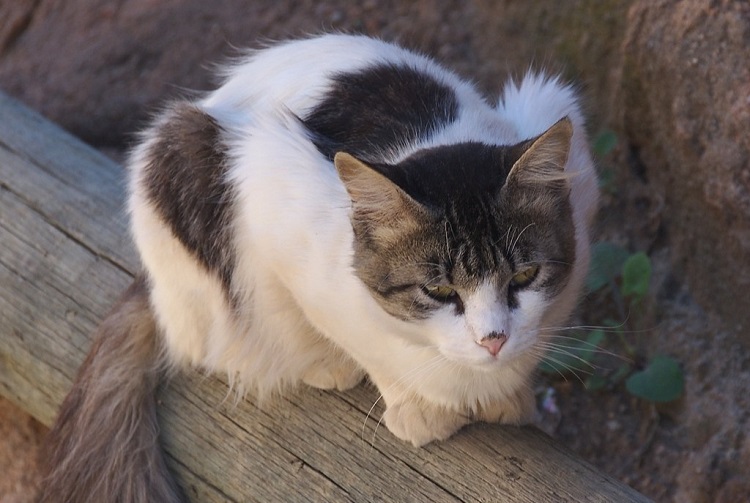
It was only less than 100 years ago that cats lived indoors in the US, so it makes sense all cats are biologically equipped to live outdoors. Logically, since dogs descended from wolves thousands of years ago, it’s easy to see why that fact really wouldn’t apply to them.
The cat species (Felis catus) includes both domesticated cats and feral/wild/free-roaming cats.
Facts About Anatomy and Physiology
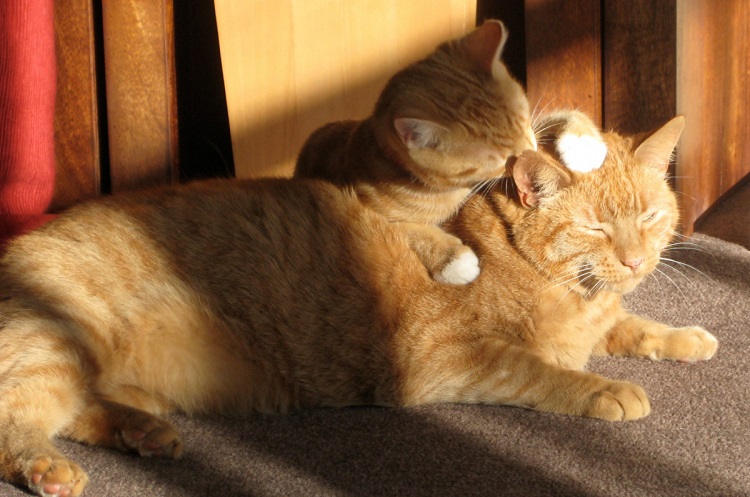
Cats have more bones than humans – around 250 compared to a human’s 206 – but fewer bones than dogs which have around 320. A cat’s vertebrae are extremely flexible. They should be since they have strong elastic, cushioning disks between them. This flexibility is one reason why their acrobats are so graceful.
Health and Wellness

Veterinary care and a balanced diet are two of the most important ways to keep cats healthy and happy. Cats are obligate carnivores. Their diet consists of protein, fat, and carbohydrates.
“Obligate carnivores are also called hypercarnivores, which are animals whose diet consists of at least 70 percent meat.” – (source)
The benefits of neutering a cat are numerous health-wise and will also help with the overpopulation of feral cats.
Communication Cues
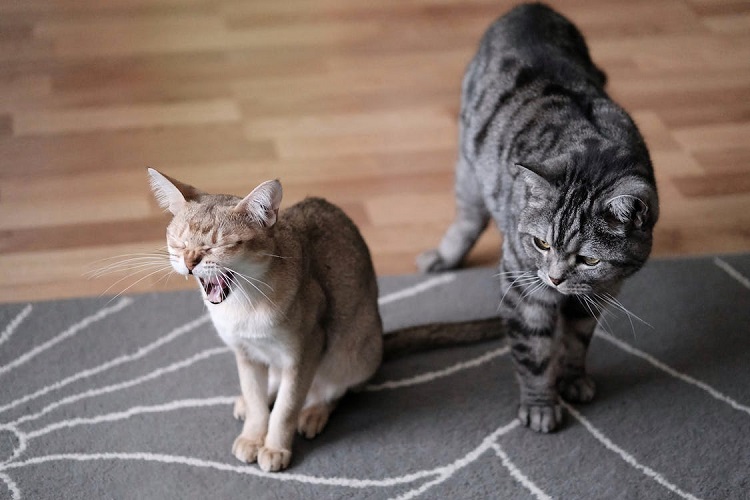
Cats use either or all three visual, vocal, and olfactory senses to communicate. They might narrow or widen their eyes or make sounds vocally to tell us they would prefer a mouse for dinner.
The olfactory sense comes in when they scent-mark to communicate with other cats, which means rubbing parts of their bodies on surfaces or other animals.
Quirky Cat Behaviors
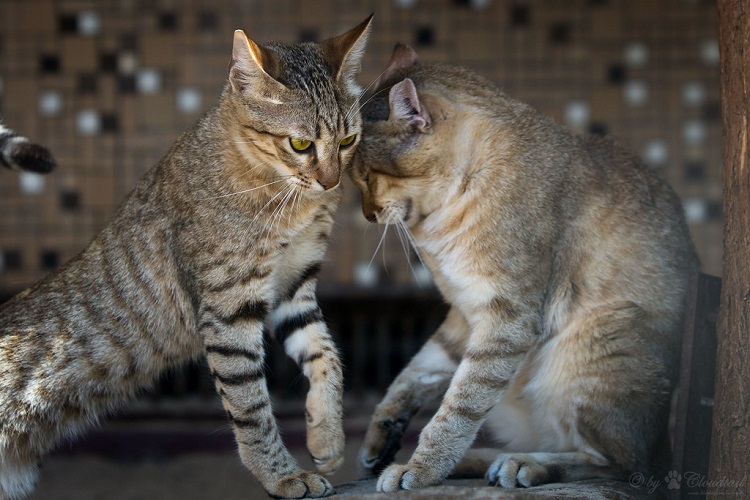
Headbutting – When Felix connects with your body head-first and then smoothly brushes against you, behaviorists call it “bunting.” They’re rubbing facial scent glands on you to display feelings of affection, connection, and/or happiness. When they bunt other cats, they’re making new bonds or recognizing established relationships.
Cats Making History
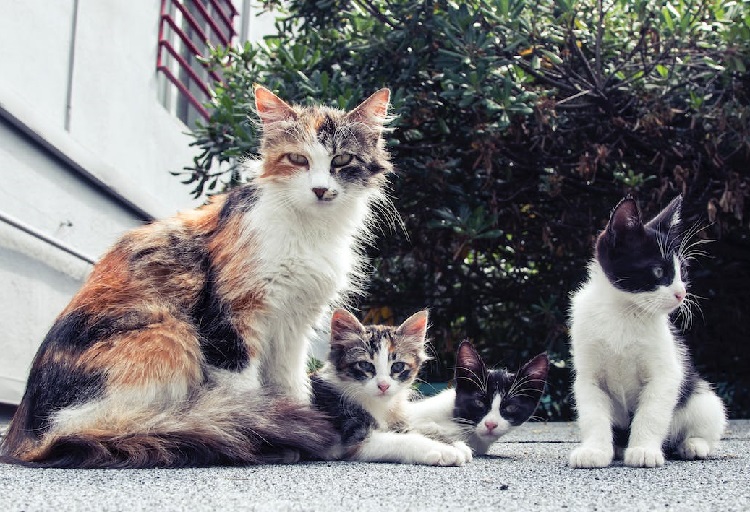
You may have never heard of Félicette, but if so, you know he was a bit of a space cadet. He was the first cat to survive a 15-minute space trip that happened in 1963. He has been memorialized with a bronze statue at the International Space University in Strasbourg, France.
In 1997, a mayor was elected in Alaska. You might say, “So what!” But this particular mayor was famous because he had paws. Stubbs the cat was elected after being a write-in candidate and winning.
Unfortunately, Stubbs died in 2017 at the ripe old age of 20. His proud owners shared the news via a news release. (Wish he were still around to run for Congress.)
Other Surprising Facts
Let’s talk tigers first since cats share 95.6 of their DNA with them. Tigers are solitary animals usually only joining others of their species when they mate and when mothers and their cubs spend time together.
Cats are much the same. It’s why cats won’t go running into another cat’s arms when they’re introduced. It’s also why they like to be alone much more than dogs do. Although feral cats will colonize, it has probably been an evolutionary process born out of necessity.
General Cat Statistics
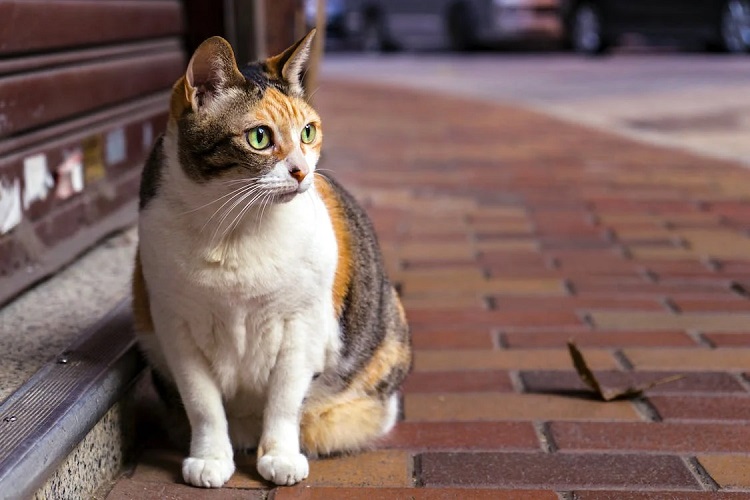
The Average Age of an Indoor Cat Is 15 Years.
Indoor domestic cats live longer than feral cats due to their steady diets/nutrition and having fewer predators to hunt them.
The Oldest Cat Lived for 38 Years and 3 Days. (Guinness World Record)
According to Guinness World Records, Creme Puff’s lifespan was from 1967 to 2005. Jake Perry, her Texan owner, must have been proud.
Around 73 Million Cats in the US Are Feral or Unowned. (National Today)
How does this affect Americans? Greatly. Disease, property damage, and noise nuisances are a few of the problems they cause.
There Are Also MAJOR Effects on the Environment and Wildlife:
Studies have shown feral or free-ranging cats are major (if not the greatest) contributors to the deaths of native birds, mammals, reptiles, and amphibians. Not only by predation but also from nest disturbances, injuries, and harassment, all of which cause behavioral changes. (source)
A cat’s litter can be as high as 12 kittens which is a major contributing factor to the feral cat community being astronomical.
Roughly 10% of Americans Feed Community Cats (Humane Society of the United States – HSUS)
This helps wildlife survive and makes it easier to begin the TNR (Trap-Neuter-Release) process. We must take action to reduce the feral cat population for ourselves, wildlife, and, of course, for the cats.
People Between 18–24 Years of Age Are More Likely To Be Cat Parents (American Pet Products Association – APPA)
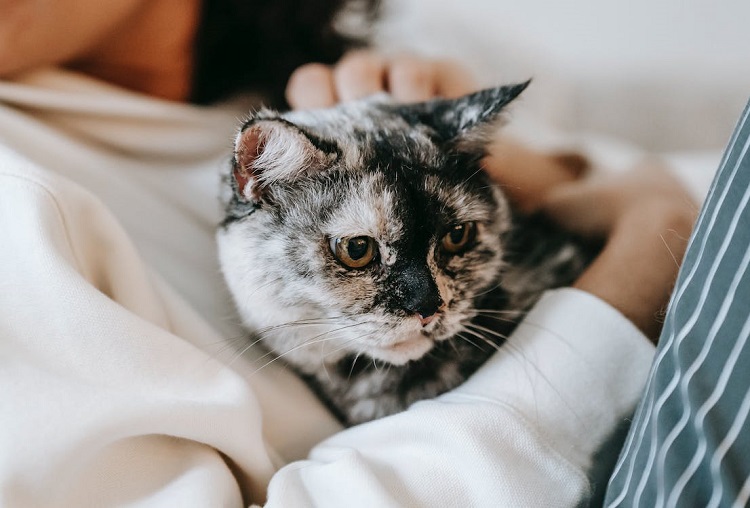
“APPA expects that Gen Z’s ownership will steadily grow as many become adults within the next few years.” – APPA
“Millennials and Gen Z experienced the highest increases in pet ownership during COVID-19, with Gen Z fostering the most pets.” – APPA
Feral and Stray Cats’ Diets Consist of 25% of Birds (HSUS)
This is good for the cats but not so good for wildlife and the environment.
Decline of 27 Mammal Species Due to Cats (Research Gate)
This is due to the fact that cats are natural hunters and can pose a threat to smaller animals, especially in areas where their populations have already been affected by habitat loss.
Additionally, cats have caused the extinction of 63 wild species worldwide.
A Cat’s Litter Can Have As Many as 12 Kittens. (International Cat Care, the Spruce Pets)
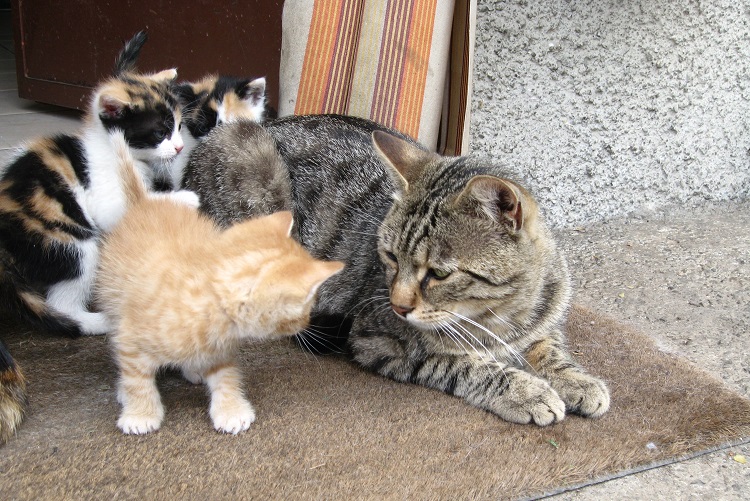
Wow! No wonder Mama’s grumpy. Kittens should spend as much time as possible with other cats. This socializes them early (before 12 weeks old), which is highly important and helps them learn cat behaviors like how to get along.
Feral Cats Have a Shorter Lifespan Compared To House Cats. (ASPCA)
Feral cats face being prey to animals like feral dogs, coyotes, raccoons, and birds of prey, among other things. They’re also more likely to be infected by diseases or other life-ending ailments since they don’t visit a veterinarian, so illnesses can’t be detected or treated.
TNR Is the Best Method To Control the Feral Cat Population. (AVMA)
Is there something we can do about feral cats? The answer to that is a resounding “Yes.” Trap-Neuter-Return, or TNR, is the procedure of gathering feral cats, altering them, and returning them to the wild, which has prevented millions more from being born.
Households Have More Dogs Than Cats (AVMA)
Felix, Garfield, and Grumpy Cat were all famous cats, but dogs reign supreme as far as pet ownership goes.
In 2022, the Estimated Total Expenditure on Pets Reached $136.8 Billion (APPA)
The most current statistics for 2022 has the gross amount that’s spent on pets to be 136.8 billion dollars. And it’s climbing!
In 2020, Owners Spent an Average of $228 on Cat Food and $58 on Treats (APPA)
No virus was going to slow them down!
Additionally, this data reflects the strong bond that exists between owners and their cats, as well as the desire to provide them with the best possible care.
The Average Monthly Cat Insurance Is Between $10 and $40 (ValuePenguin)
According to Consumers Advocate, Spot is the #1 brand for cat insurance.
In 2022, 32% of Pet Owners Were Millennials (APPA)
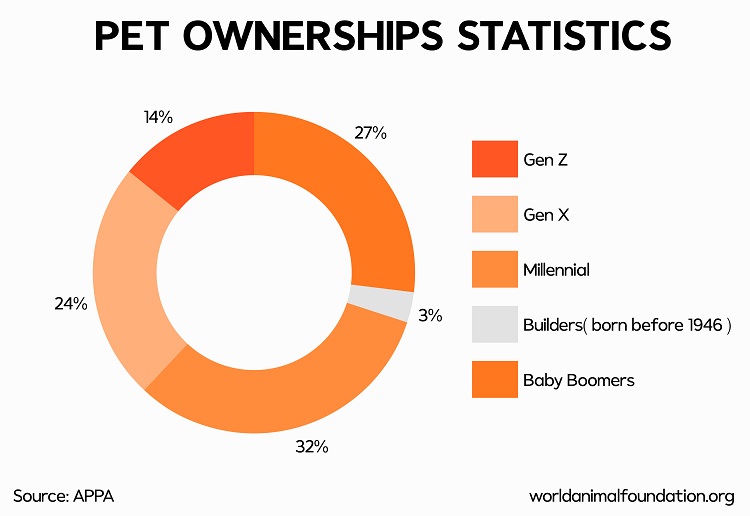
Here are how the other generations fared:
- Gen Z 14%
- Gen X 24%
- Baby Boomer 27%
- Builder (born before 1946) 3 %
This is a collective percentage for both cats and other pets.
55% of millennials think of their cats as their children (American Veterinary Medical Association – AVMA)
We assume the other 45% consider their cats to be something they own.
Millennials Spend an Average of $745 Yearly on Their Pet Cat (Money)
This figure would include vet bills, food, treats, toys, and misc. like clothes and bedding.
During the COVID-19 Pandemic, 21% of Americans Spent More Money Than Usual on Pets (Petfood Industry, Money)
Most Americans spent a lot of time at home in 2020. They were able to see the needs and desires of their pets.
85% of Cats Adopted During the Pandemic Are Still a Part of the Household (ASPCA)
Since most cats are independent, many owners see no need to change routines now that they’re back in the brick-and-mortar workplace. Plus, lots of people became remote or work-from-home workers.
Most Pet Owners Get Pets To Keep Them Company (YouGov)
Cat owners including seniors, single people, couples with children, and a host of others, want/need the companionship of a pet.
Heart Disease Affects 1 Out of 10 Cats Globally. (Pet Health Network, Traditions Veterinary Services)
“The Maine Coon and Ragdoll cats are particularly valuable models of HCM (Hypertrophic cardiomyopathy)” – (source)
A Cat Over 11 Years Old Is Defined as a Senior Cat. (Hill’s Pet Nutrition)

There are six stages of aging for cats. From Paws Chicago, these are:
- Kitten — Birth until 6-7 months of age
- Junior — Reproductively mature but still growing, typically until 1-2 yrs
- Adult or Prime — 3-6 years old
- Mature — 7-10 years old
- Senior — 11-14 years old
- Geriatric — 15 years and beyond
Interesting Cat Behavior Statistics
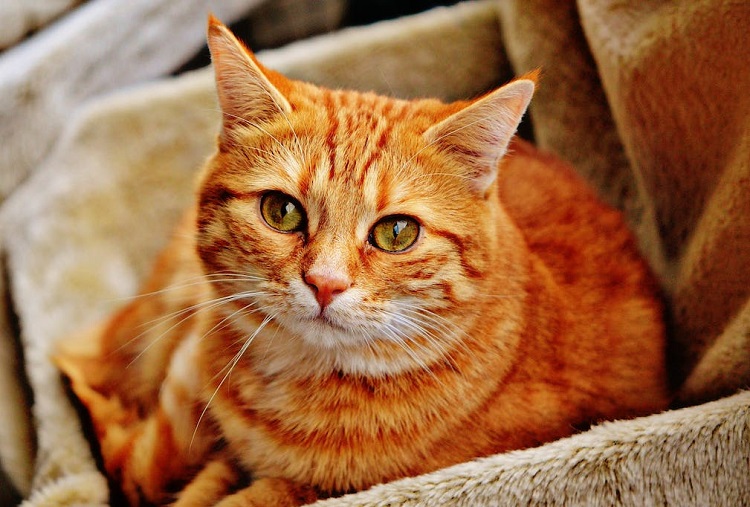
The Cat’s Gestation Period Is Around 63–67 Days. (Purina, Fact Retriever)
The tricky part is that she probably won’t show any signs of pregnancy – vomiting, weight gain, increased appetite – until a few weeks into her term.
Cats Can Jump 5–6 Times Their Average Height. (Cat-World)

Can you imagine if humans could do this? It’s often quite the spectacle to see a cat jump from one place to another, but it comes naturally to them.
7 Feet Was the Longest Recorded Horizontal Leap (Cat-World)
The longest jump recorded for any cat was 11.7 m (38 ft 4.5 in), recorded for a snow leopard leaping over a ditch by an observing team of Russian biologists.
89% of Cat Owners Sleeping With Their Pets Get a Good Night’s Sleep (Apartment Therapy, CPAP)
Pet owners love it when their pets are happy. When they’re closest to you and sleeping, you can know they are.
30–50% of a Feline’s Day Is Spent Grooming Itself (Cornell University)
Statistics tell stories. This is a lot of grooming, but cats who groom even more than that may have an: Allergy, or infection, be in pain, be stressed, or even be bored.
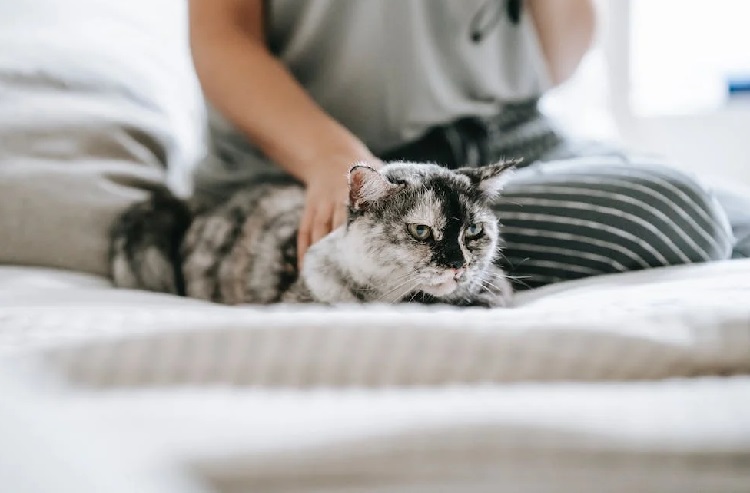
There Are More Left-Pawed Than Right-Pawed Cats (Cat-World)
“As the researchers write in the journal Animal Behaviour, the data showed that unlike humans, who are overwhelmingly right-handed, cats did not have an overall preference for a certain paw. But individual cats did display “handedness.” – (source)
What Does This Mean? They Did Show a Preference, or Lateral Bias, With One Paw or Another When:
- 73% Reaching for food
- 70% Taking the first step of stairs
- 66% Stepping into a litter box
…with no tendency towards left or right-handedness EXCEPT for the fact that male cats showed “significantly more” of a tendency to use their left paws and females their right. (source)
Cats Have 30 Vertebrae (Cat-World)
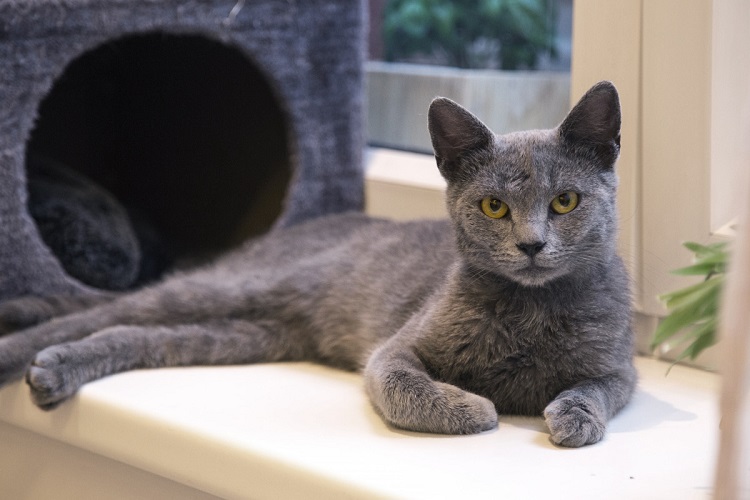
A cat’s backbone is especially flexible and part of the reason why they can always land on its feet.
Declawing a Cat Can Cost Up to $450. (CostHelper)
Although we don’t recommend getting anything taken off your animal due to the stress and pain it can cause, this is an average cost. It really depends on the vet, where you live (some vets won’t perform the surgery), and things like age and weight can factor in as well.
Almost 1/4 of Domestic Cats in the US Have Been Declawed. (BBC)
According to the BBC, few people in the UK declaw their cats, and there are some thoughts as to why. An accomplished doctor stated that one reason could be because cats in the US stay indoors more often, and those in the UK are more often indoor/outdoor cats.
Behavior Problems Exhibited by 33% of Declawed Cats (Little Big Cat)
“…a retrospective cohort study (5) involving 137 declawed and 137 non-declawed cats found radiographic evidence of retained distal phalanx fragments in 63% (86/137) of the declawed cats, and declawed cats had higher odds of back pain, undesirable elimination habits, and aggression…” – Little Big Cat
Shelter Cat Statistics
3.2 Million Cats Enter US Animal Shelters Yearly. (ASPCA)
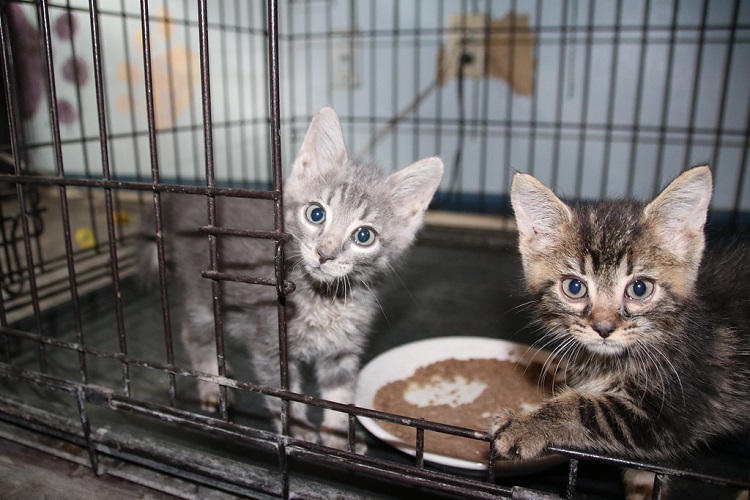
And of those, half a million (530,000) are euthanized. This is certainly a travesty, but look at it this way… There were 332+ million people in the US in 2022. If even some of them would adopt, the problem would be remedied. In fact, 43% of pet parents acquired their cat from a shelter or rescue. (HSUS)
About 1–5% of Owners Find Their Lost Cats in Animal Shelters. (Lost Pet Research and Recovery)
This may seem like a low percentage, but to those cat owners, it means the world. The good news is that approximately 2.1 million are adopted yearly.
Around 100,000 Cats Entering Shelters Are Returned to Their Owners. (ASPCA)
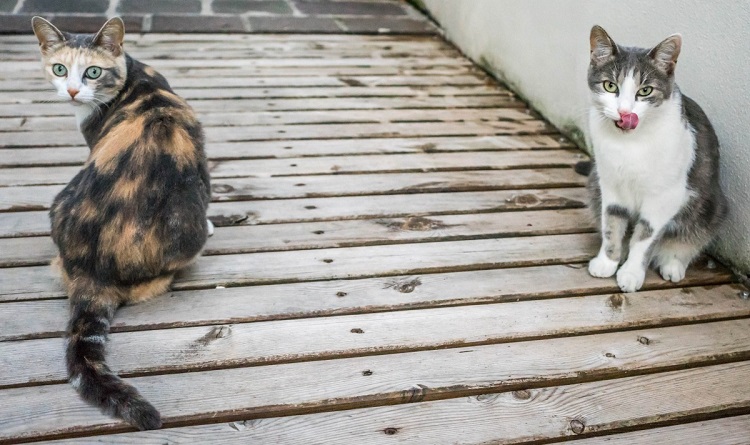
This statistic is quite remarkable when you think of how many feral cats there are in the US that look similar to household cats.
Statistics Show That Most Kittens Are Adopted As Compared to Older Cats. (MentalFloss)
In fact, it is estimated that approximately 80% of all kittens who enter animal shelters find homes within the first few weeks.
People want kittens so they can train them early, for their children, and so they can have them longer (for the cat’s entire life).
Black Cats Are Adopted by People, Too. (MentalFloss)
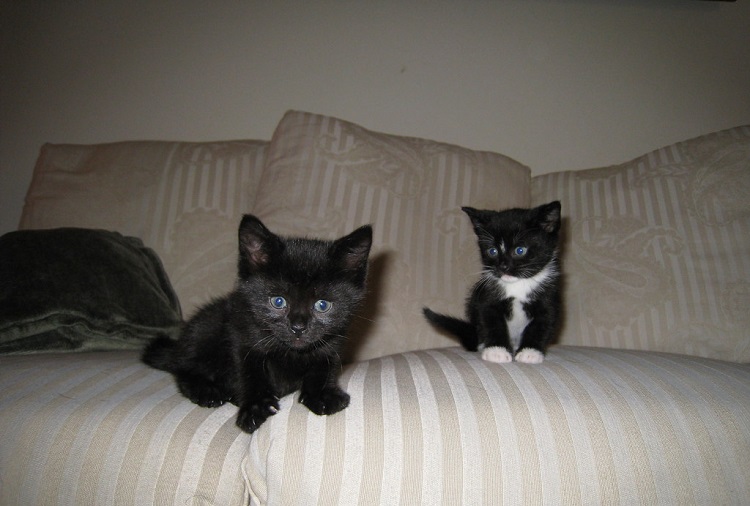
Black cats mean good luck in Great Britain and Japan. Since black cats have long been a sign of bad luck in America, you would think they wouldn’t be adopted at all. (Note: BBD – big black dogs – are often passed over as well.)
The Most Popular Color That Is Available for Adoption Is Orange Tabbies. (MentalFloss)
Gray cats and orange tabbies get adopted at the highest rates, according to their numbers. (However, those numbers vary from what the ASPCA estimates—in the Priceonomics study, brown cats were more likely to get adopted than black cats, for instance.) – Mental Floss
Cats Constitute Almost Half of All Shelter Animals. (HSUS)
This fact corresponds with the high number of feral cats in the US.
Around 860,000 Cats Are Euthanized Each Year. (ASPCA)
Best Friends Animal Society’s goal is for all shelter animals to be in good homes by the year 2025. This is doable and needs to be a collective mission for the US so euthanization will be stopped.
Only 10% of Shelter Animals Are Fixed. (Psychology Today)
The responsibility of having a cat neutered lies on the owner, not the shelter.
Cats Are the 2nd Most Common Animal Abuse Victims After Dogs. (Canine Journal, ASPCA)
The way to change this statistic is for citizens to raise their voices for states/cities to make stricter laws and punishments for animal abusers.
23 Million Pets Live in Underserved Communities in the US. (HSUS)
This statistic is shocking in two ways: There should be programs, including lifetime feeding, made available to underserved communities to be able to adopt companion animals.
On the other hand, with this high number of cats, there are surely millions of ferals. These areas of our communities should be targeted to organize groups for TNR.
8% of Cat Owners Give Up Their Cats Due to Allergies. (Petfinder)
Cat allergies are a real and sometimes serious health problem; however, there are several solutions if you find yourself in this situation. Giving up your cat should be the final option.
Housing Problems Result in 6% of Cat Owners Surrendering Their Pets to a Shelter. (Petfinder)
The struggle is real when a landlord won’t allow pets. But there are several steps you can take to get them on your side. Hopefully, one day, ALL pets (no matter the size or breed) will be allowed to stay with their families.
How Many Breeds of Cats Are There?
There Are 45 Pedigreed Cat Breeds Recognized by the Cat Fanciers’ Association or CFA. (Hill’s Pet Nutrition)
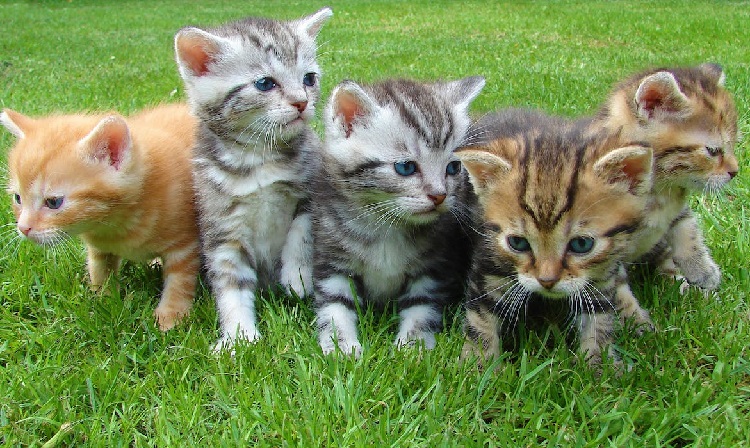
Forty-two breeds are eligible to compete in most classes, three breeds can show in non-competitive classes, and companion cats (CCW) are eligible to compete in the Household Pet (HHP) class. (CFA)
The Best Cat Breeds for Households With Dogs Are the Maine Coon and Abyssinian. (Catalogical, Spots)
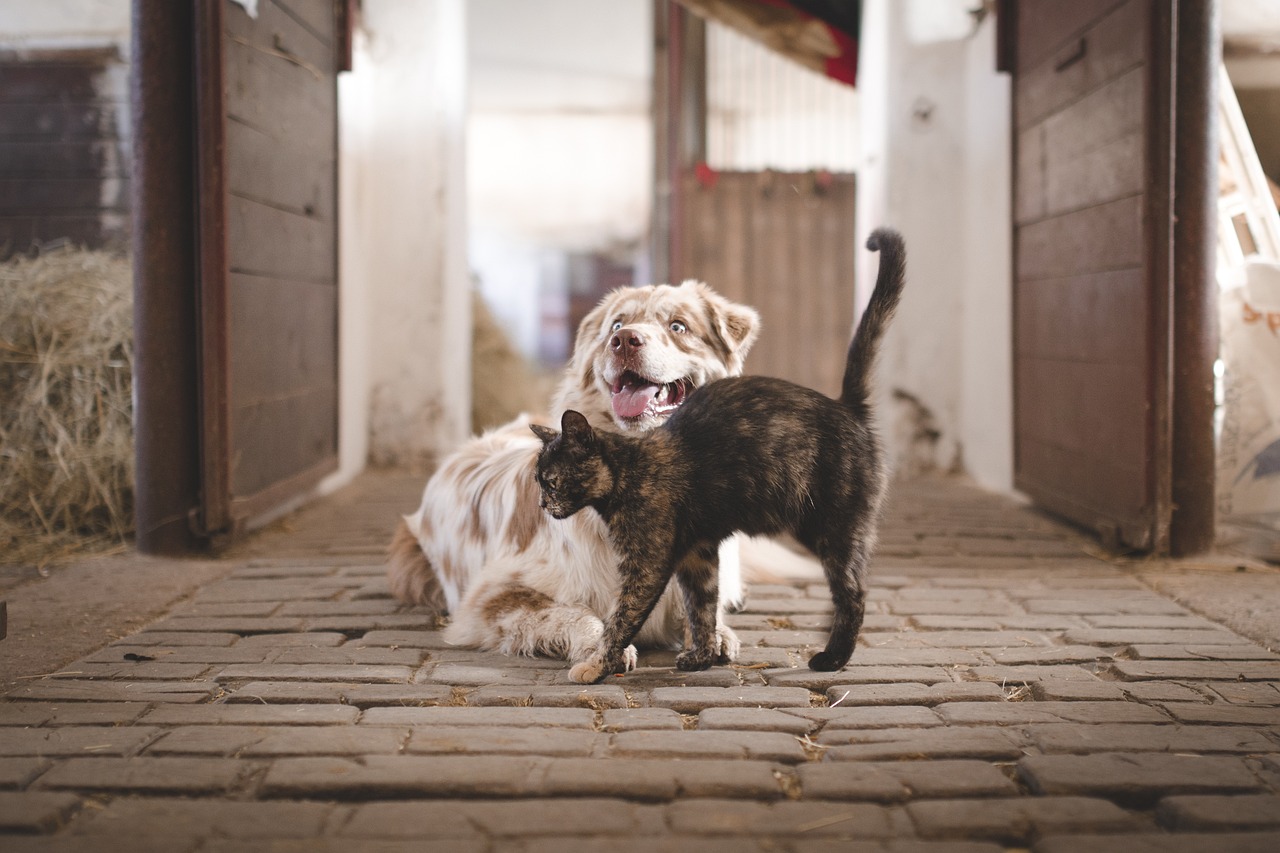
These feline breeds are known for their even temperaments and dog-like loyalty.
Maine Coon Cats Can Weigh Up to 25 Lbs. (FactRetriever, CatTime)
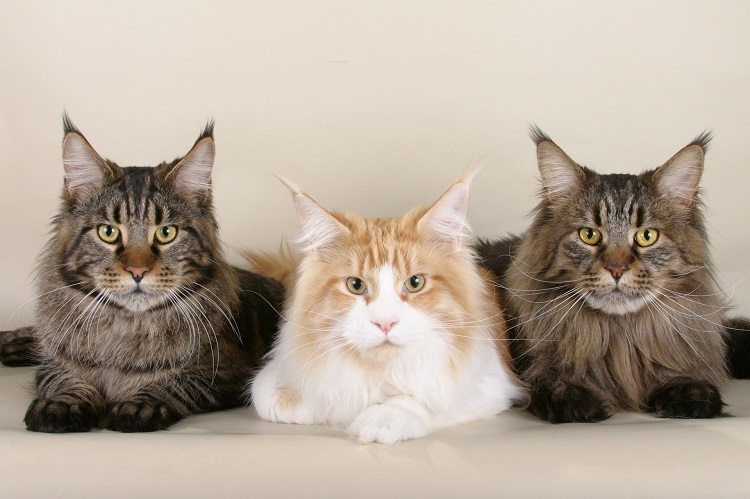
These cats are well-known for their large size, but they’re also playful, kid-friendly (mostly with kids in their family), and pet friendly.
How Many Cats Are in the World?
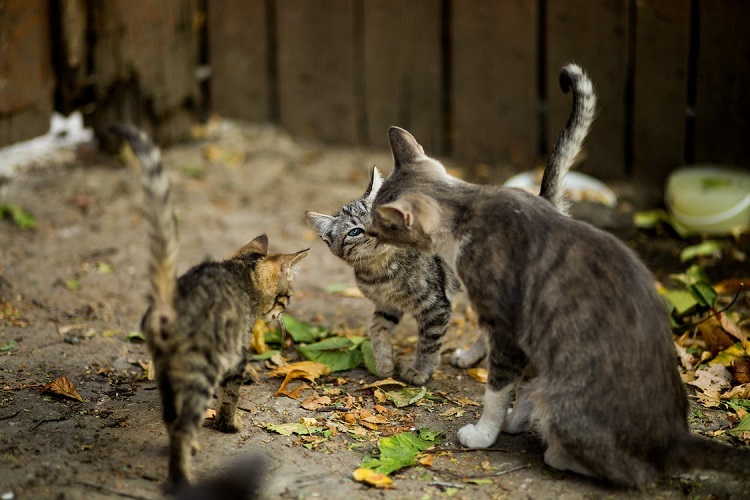
Over 400 Million Cats Live Worldwide (WorldAtlas)
You couldn’t call Spain’s favorite animal a cat since only 11% of households own one. But France? J’aime les chats! – There are twice as many domesticated cats in households than pet dogs, accounting for 39% of cat owners. But Russia takes the lead with 59%, followed by the US.
At 16.4%, Columbia has the lowest rate of cat ownership statistics. (World Population Review)
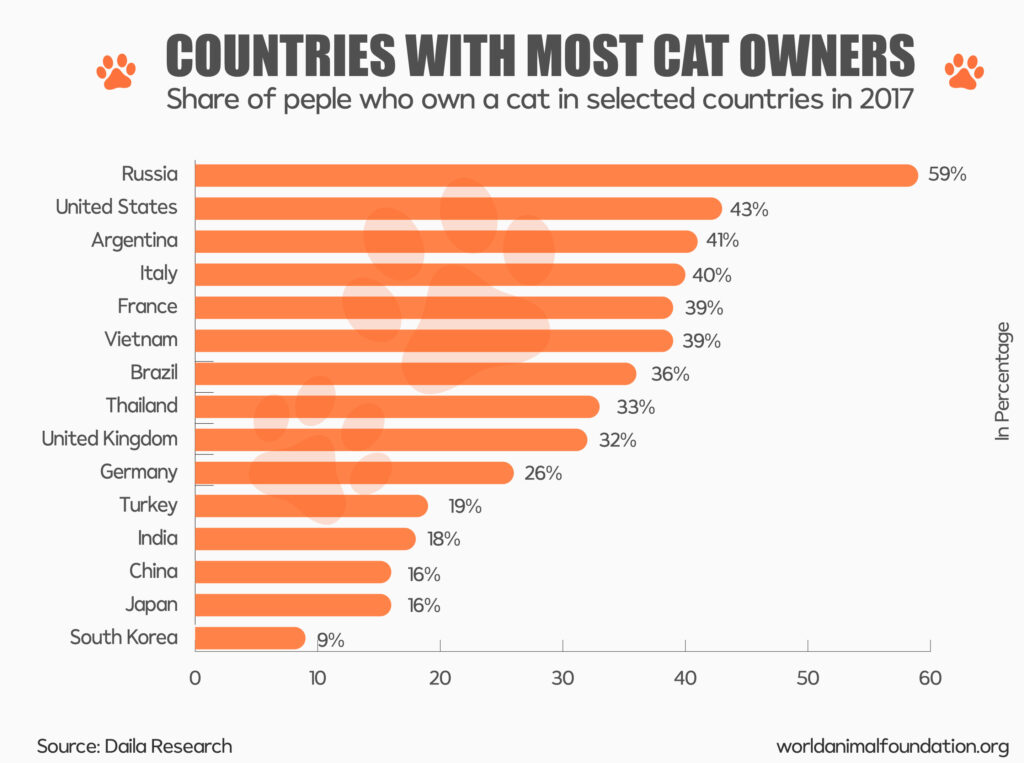
How Many Cats Are in the USA?
The American Veterinary Medical Association (AVMA), which has a formula for estimation, reported there were 60 million cats in American homes in 2020.
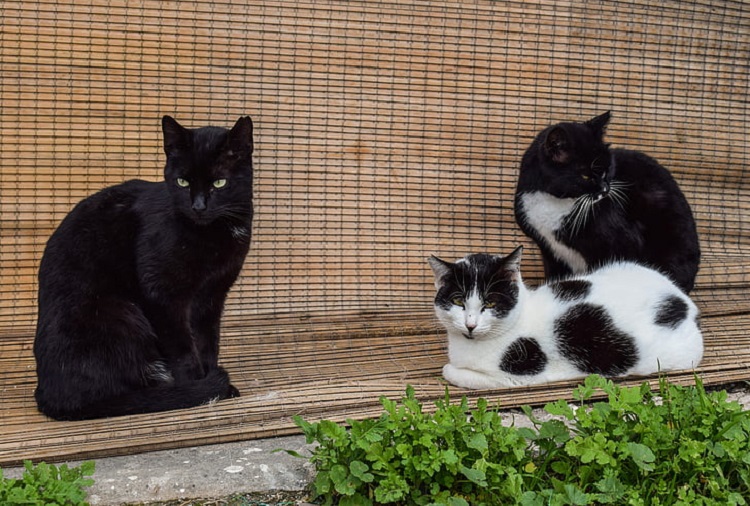
Around the country, “New Englanders love cats, and Southerners love dogs,” says Business Insider. Vermont-ers, who even have a Cat’s Meow Village website, and Maine-ers each own around 50% of cats as pets.
- GenX is the largest generational group of cat owners in the US.
- Also in 2020, American owners spent an average of $228 on cat food. Suffice it to say, Americans love pet cats.
- During the Covid-19 pandemic, 21% of Americans spent more money than usual on pets (PetfoodIndustry, Money)
- Eighty-five percent of cats that were adopted during the pandemic are still a part of the household. (ASPCA)
- In 2022, 32% of cat owners were millennials. (APPA)
- Millennials spend an average of $745 yearly on their cat. (Money)
FAQs
How Long Do Cats Stay in Heat (Estrus)?
Each heat generally lasts several days with the average length being seven days, although it can range from 1 to 21 days. If the queen (an intact female cat) is not mated during estrus, she will go out of heat for a short period, usually about seven days, but it can range from 2 to 19 days.
Why Do Cats Purr?
The experts at Pets Webmd just go ahead and admit we know the least about this behavior than other cat sounds. Although it can be to communicate happiness, there are other reasons as well.
Are Cats Nocturnal?
They’re not. Here’s a breakdown that explains why:
- Nocturnal – Most active at night (Examples: Owls, raccoons, wolves)
- Diurnal – Most active in daylight hours (Examples: Humans, dogs, and squirrels)
- Crepuscular – Most active at dawn and dusk (Examples: Wolves, nighthawks, lions)
So when are cats the busiest? They’re crepuscular creatures! Ah… so THAT’S why they have the zoomies at 5 am.
How Long Can a Cat Go Without Food or Water?
TechnicaTechnically speaking, we sure don’t want anyone testing this scenario, cats can go up to two weeks without food. It’s water your cat needs more than anything. They can only go up to three days without it, and the average cat should drink about a cup of water daily.
How Many Hours Does a Cat Sleep per Day?
No, not 24, although they do love plenty of naps. It’s in their makeup. Large cats like lions and tigers sleep a lot during the day and hunt at night, and they share the same physiology as domesticate cats. I’m ready for a cat nap right about now.
What Is the Percentage of Female Cat Owners?
About 58% of cat owners are women, and the average age of cat owners is 55 to 64 years old.
In Conclusion
I’ve always thought a person who loves cats tends to be self-assured and quite confident. Someone who doesn’t need the hyped-up welcoming behavior a dog has when you come in the door.
But hopefully, if you’re not a cat person, you’ve learned enough about them to give them a chance. Maybe you’ve realized they’re capable of having loving relationships and forming deep bonds.
Just because they have such unique personalities and behaviors doesn’t mean they don’t love you just as much as their drooling counterparts. I must admit, I’ve always been a dog person. Over the years, more than 100 have graced my doorstep. (Okay, I led an animal sanctuary, but still!)
The bottom line is that I know one statistic for sure… Cats will always have people who deeply love them. One hundred percent of the time!


